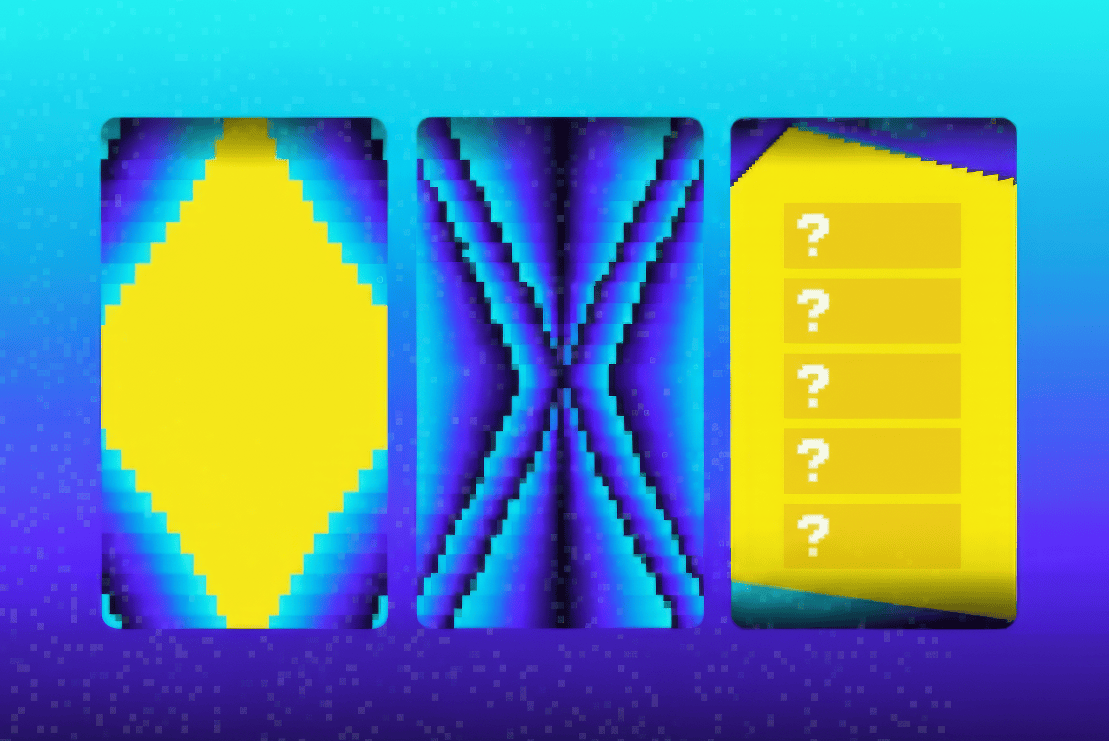Gibberish? Maybe. But if you tuned into 2024’s Spotify Wrapped, these ‘genres’ might ring a catchy, perhaps embarrassing, “I-swear-I-share-my-account”, sort of bell.
Taste has come a long way. In 2000, you could count the UK’s cable channels on one hand. In 2025, algorithms serve us micro-genres so niche they sound wizardly.
What was once a communal cultural pool has split into puddles of preference. Media is no longer a window into shared culture, but a mirror of our own taste.
As AI increasingly creates and curates what we consume, we’re invited to question: can AI go beyond pattern recognition and make real aesthetic judgements, or is there truly no accounting for taste?
Sontag defined taste as the reaction that precedes reason. The goosebumps two chords in. It’s when your body decides before your brain does.
Taste isn’t just what you like. It’s a sense - tuned by ambient inputs - of what’s good, not what’s precedented. It invites the unpredictable and irrational. Bebop in the 1940’s, punk in the 70’s, Jackson Pollock: expression over profi ciency, risk-taking. No algorithm, trained on the data of its day, would bet on Van Gogh in the age of academic realism.
Think of acquired tastes - your first time sipping coffee, or a song that grew on you. While an algorithm may gauge existing preference, it regresses to the mean - taste leaps, preference loops.
AI excels at recognising patterns and minimising error, but taste is calibrated by a kaleidoscope of experiences, contexts, and impulses that elude input-output logic. While it may support judgement, for now, this sensitivity appears quintessentially human.




